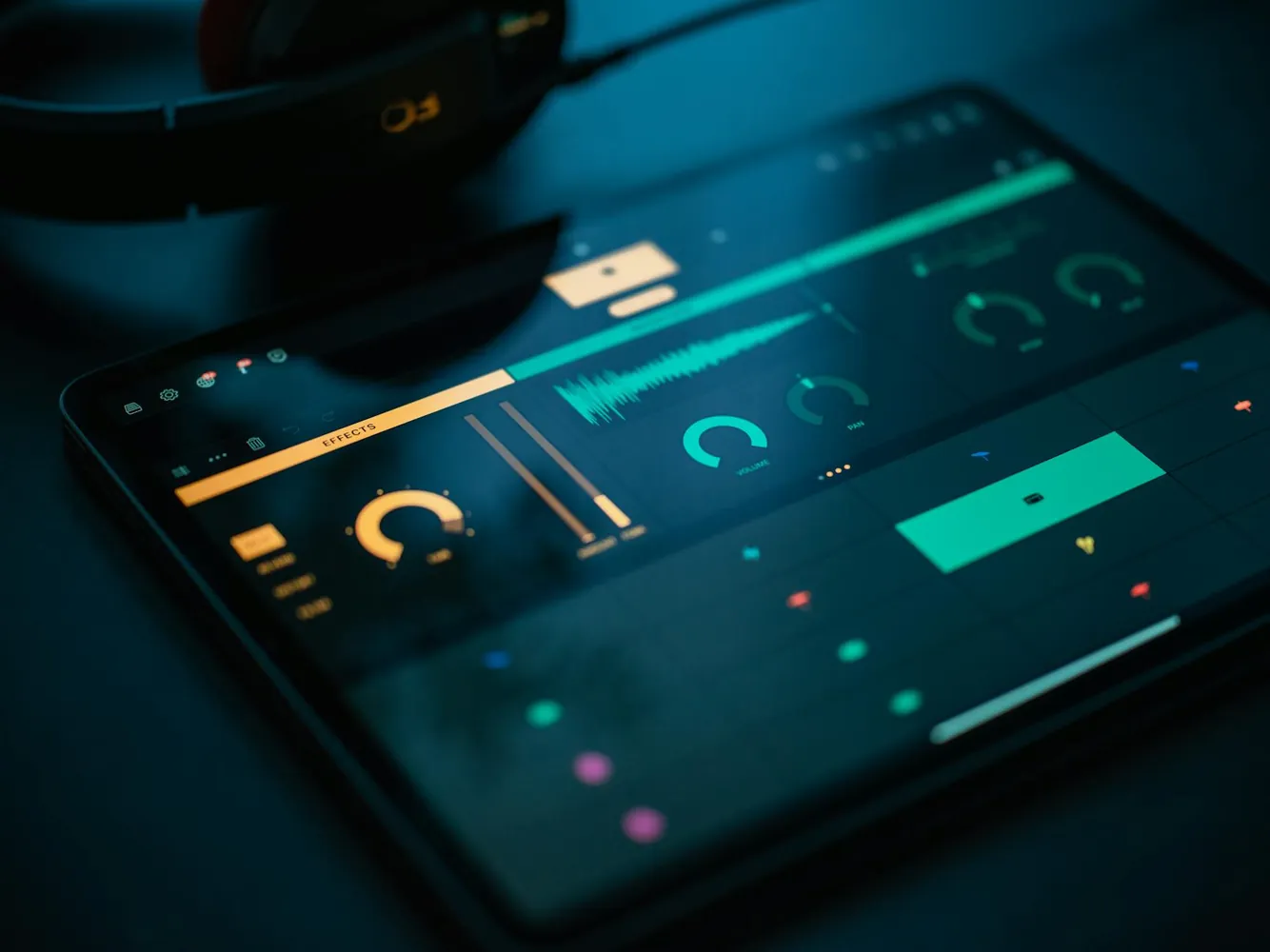Understanding AI's Role in Shaping Innovative Music Track Development

The Evolution of AI in Music Composition
Artificial Intelligence (AI) is revolutionizing various aspects of our lives, and music composition is no exception. From generating compositions autonomously to acting as a sophisticated assistant for musicians, AI is reshaping how we think about creating music. While some purists fear that AI could diminish the human touch in music, others see it as an opportunity for innovation and exploration.
How AI Tools Are Used in Music Composition
AI has introduced a variety of tools that offer musicians new ways to create and produce tracks. These tools range from simple apps that generate random melodies to complex systems that can compose entire symphonies. Some of the popular approaches include AI-driven composition software, machine learning algorithms for music analysis, and generative adversarial networks (GANs) for style emulation.
AI-Driven Composition Software
AI-driven composition software like AIVA (Artificial Intelligence Virtual Artist) and Amper Music provide platforms where musicians can collaborate with AI to create new compositions. These platforms often allow users to input parameters such as mood, style, and instrument choice to tailor the compositions to their specific needs. This collaboration results in a personalized track that aligns with the artist's vision while leveraging AI's ability to process and generate music patterns quickly.
Pros:
- Speed: AI can rapidly generate musical ideas, accelerating the creative process.
- Customization: Artists can define parameters that align closely with their artistic vision.
Cons:
- Lack of Human Touch: The risk of producing music that lacks emotional depth or feels too mechanical.
- Over-reliance on Templates: Potential limitations in creativity if artists rely heavily on pre-set templates.
These tools are particularly useful when artists need to produce large volumes of music or explore new styles outside their comfort zone.
Machine Learning Algorithms in Music Analysis
Machine learning algorithms can analyze vast datasets of music to learn patterns and structures inherent to different genres. Platforms like Google's Magenta project have explored how these algorithms can help in creating new music or enhancing existing compositions. By understanding the elements that make successful music resonate with audiences, musicians can innovate within their styles.
Pros:
- Insightful Analysis: Provides valuable insights into music structure and genre-specific patterns.
- Innovation: Offers opportunities for artists to break traditional boundaries by mixing different styles effectively.
Cons:
- Complexity: Requires a deep understanding of both music theory and machine learning concepts.
This approach is best suited for artists and producers looking to understand and incorporate diverse musical elements into their work.
Generative Adversarial Networks (GANs)
Generative adversarial networks (GANs) are a more recent development in the intersection of AI and music. GANs consist of two neural networks—the generator and the discriminator—that work together to create new, original content. This approach has been used to emulate the styles of specific composers or create entirely new sounds.
Pros:
- Originality: Capable of generating unique compositions that blend various influences.
Cons:
- Resource-Intensive: Training GANs requires significant computational power and expertise.
For cutting-edge experiments in sound design or for artists who wish to push the boundaries of conventional music, GANs provide a fertile ground for exploration.
The Benefits and Limitations of AI in the Creative Process
The integration of AI into music production presents both exciting possibilities and significant challenges. On the one hand, AI offers unprecedented access to creative possibilities, enabling artists to experiment with new styles, sounds, and ideas at a faster pace than ever before. On the other hand, there is a concern about maintaining authenticity and emotional depth in music created or assisted by AI.
Benefits
- Expanded Creativity: AI provides tools that can help artists step outside their creative constraints and explore previously unattainable sounds.
- Efficiency: With AI handling repetitive or complex tasks, musicians can focus more on the creative aspects of composition.
Limitations
- Authenticity Concerns: Music fans may question the authenticity of pieces created with significant AI input.
- Ethical Considerations: Issues around authorship and ownership of AI-generated works are still being debated.
The key to successfully integrating AI into music lies in balancing technological innovation with human creativity. Musicians should consider these tools as part of a broader palette that complements their skills rather than replacing them.
Practical Tips for Musicians Using AI
If you're a musician curious about integrating AI into your creative process, here are some practical tips to consider:
- Define Your Goals: Clearly outline what you hope to achieve by using AI. Is it to speed up your workflow, explore new genres, or something else?
- Select Appropriate Tools: Choose tools that match your skill level and artistic goals. Beginners might start with user-friendly software like Amper Music, while those familiar with coding might explore open-source projects like Magenta.
- Experiment Freely: Use AI as a sandbox to test unconventional ideas without fear of failure.
The fusion of AI technology with music is still in its nascent stages, offering immense potential for those willing to experiment and innovate. As AI continues to evolve, so will its capacity to influence how we create and experience music.
